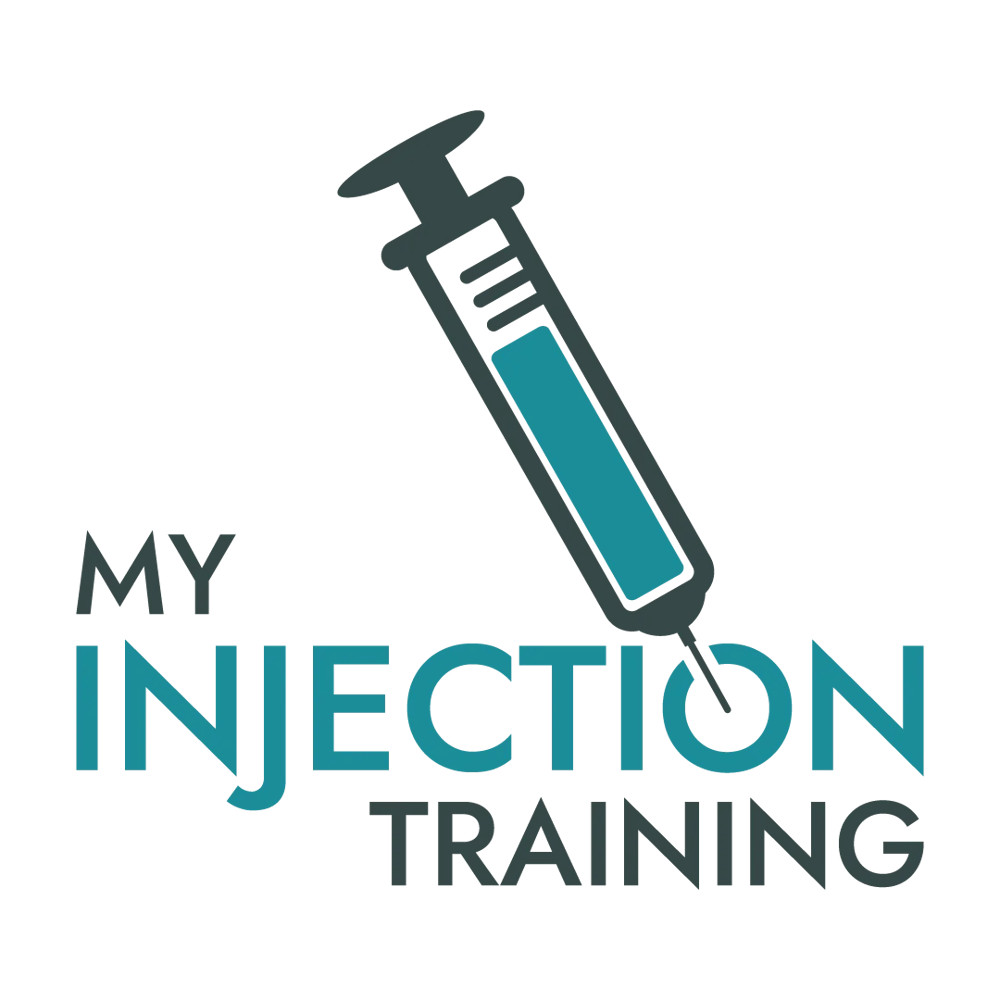September 30, 2024

By Karen Rea MSN, FNP-BC
How to Handle Patients (and staff) with Needle Phobia

Techniques we use to minimize fear, worry, and make it be a great experience to receive treatment.
Fear of needles and injections is the number one objection I hear everyday from patients, staff, and medical providers.
I often hear “do I really need this?” My answer is “yes!”
We take a conservative approach with medications for these injections. Part of the integrated physical medicine model includes injections into muscles, joints, and nerve blocks.
The syringes can include a variety of treatment options. In our office, we focus on getting people off of unnecessary medications and avoiding unnecessary surgery.
Some potential options for treatment with specific conditions include numbing agents (Lidocaine or Marcaine), anti inflammatory agents (Sarapin, Traumeel, Ketorolac). Regenerative options may include PRP (Platelet rich plasma), allograft tissue, bone marrow transplant.
It is important to communicate with patients the purpose of taking a conservative approach in the integrated medical setting.
"When addressing the fear of needles, it's important for medical providers to remember that it often stems from past negative or painful experiences."
Acknowledging and addressing the patients perception is key to gaining agreement with the patient which will then transition to them trusting you, getting the injection, and getting the desired results for the patient.
The medical provider must focus on purpose and core values of the office. Our purpose at Downtown’s Healthcare is to get people off of medications and avoid surgery. Coming from this perspective with a conservative approach it is easy to communicate with the patient through the fear of needles and help them get the treatment they need.
The patient came to the office for a reason.
It is often times something that has impacted them enough that they decided to finally take action. Knowing this reason of why they took action is a key ingredient for the medical provider when communicating with the patient. For example, when a grandparent is not able to play with grandkids and it is impacting their quality of life.
Communicating with the patient in a way they can experience it while getting into agreement is key to moving through the fear of needles and improving the patient function and quality of life!

